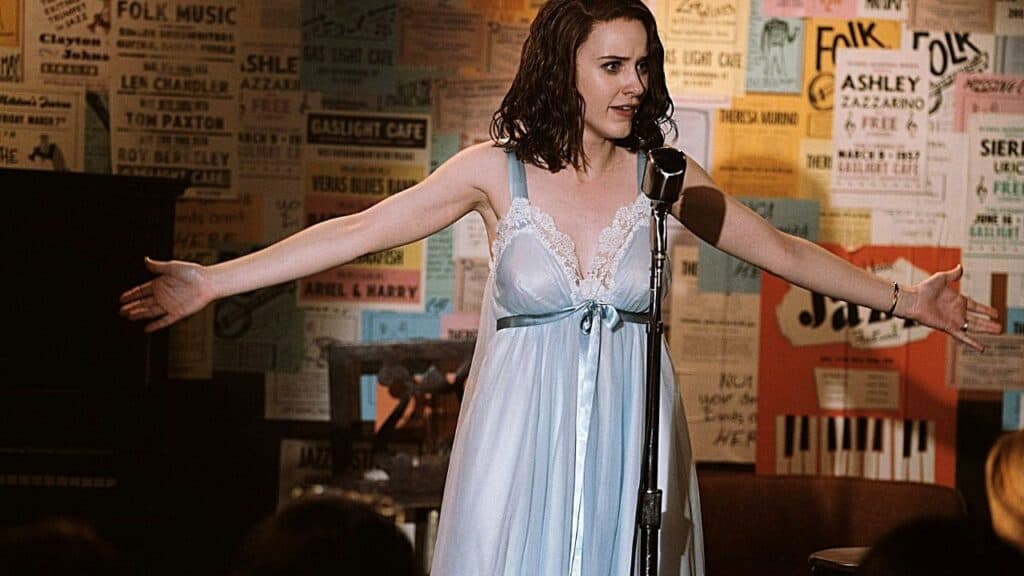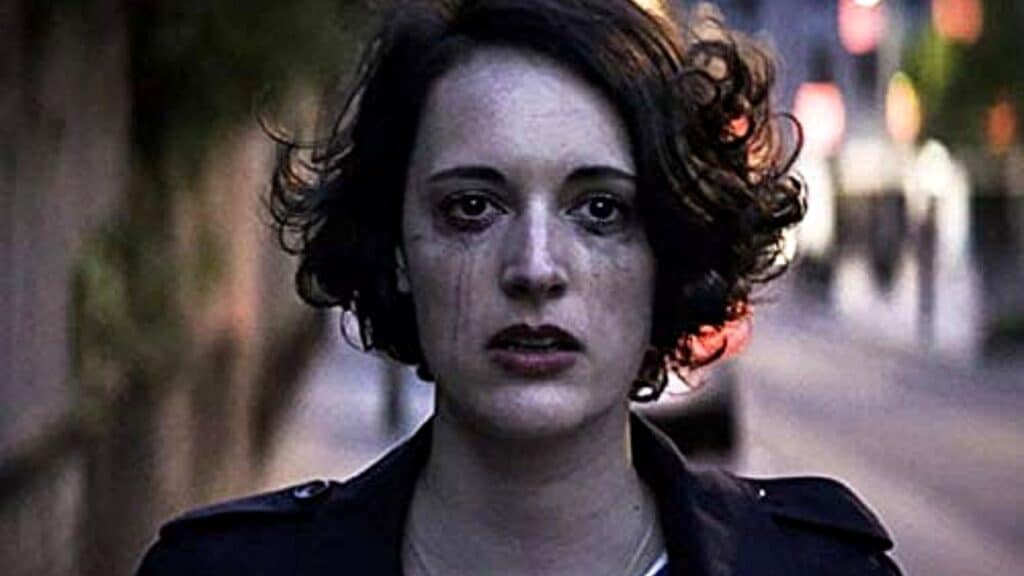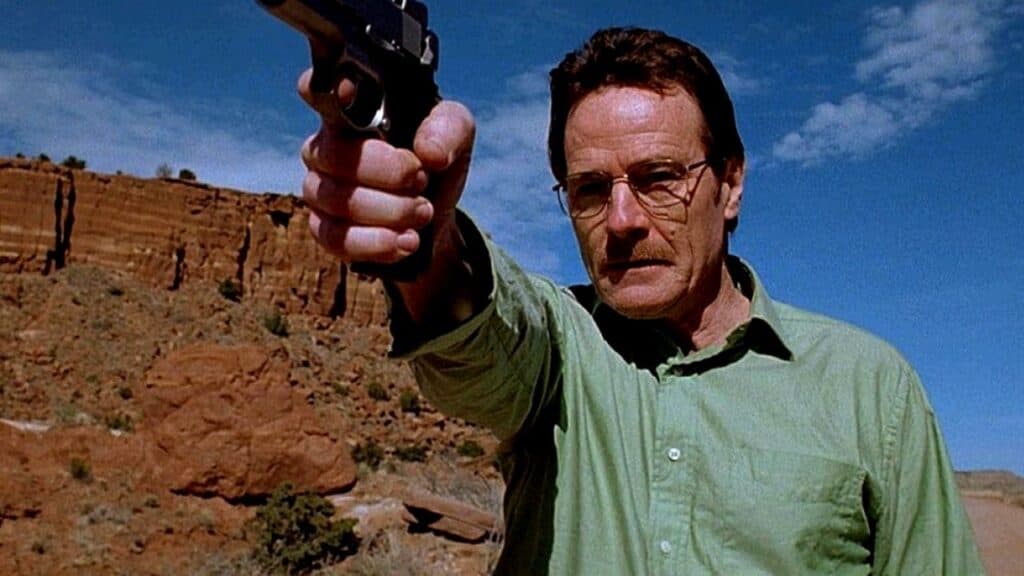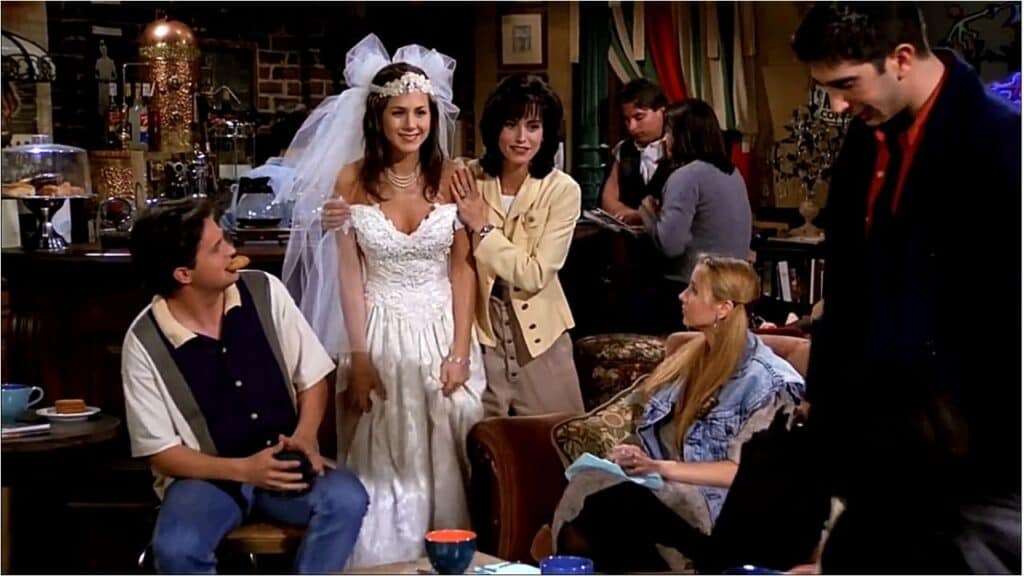A ‘pilot’ is the main reason you and I have been able to enjoy so many of our favourite TV shows over the years. It’s an extremely lengthy process for a pilot to get made and countless pilots never see the light of day.
You may have wondered when or why the term ‘pilot’ was used in conjunction with television as it is one of the most commonly seen titles for the first episode of a series. There is a wide variety of pilots that are produced and in this article, we will be diving into what exactly it is and all the types that exist.

What is a pilot?
The word pilot came into existence back in the 1600s but concerning television, the first instances of use were seen back in the 1920s. It usually means “serving as a prototype” or a more casual explanation that it’s called a pilot because it takes the project “off the ground”.
The television pilot is a stand-alone episode that is created to sell a show to a broadcast network or any other kind of distributor. It is a means to gauge whether a series will perform well with the help of test audiences. A pilot usually ends up being the series premiere, however, there are several exceptions.

How does a pilot episode get made?
Getting a pilot made is a long and tiresome process with only a handful of them getting through to the final stages. In the summer, writers and producers pitch over 500 ideas to the biggest television networks in the hopes that their project is picked up.
That number is brought down to around 70, with the networks requesting scripts. From the 70 odd scripts, only around 20 are ordered to become pilot episodes.
This, in turn, begins the tedious casting process as actors have to satisfy the casting directors, show creators and network executives. Many a time, the actors will have to get past multiple callbacks to be cast in a series while sometimes they may be selected on one audition if they seem perfectly suited for the role.

Different types of pilots
When it comes to what kind of a pilot will be made, there are several different classifications. The most basic one is called a ‘premise pilot’. This episode introduces the character and the setting to the audience and often airs as the first episode of a series.
Between ordering the pilot and greenlighting of the project, changes may be made to the episode, owing to creative changes or recasting or rewrites.
The second type of pilot is the ‘proof of concept’ pilot which is chronologically set later on in the timeline of the series. This type of pilot allows the executives to get a feel of what a regular episode will look like in midst of its run. The ‘proof of concept is most commonly used to sell the idea of a game show.
The third type is called a ‘backdoor pilot’. This is often a film or a mini-series that works as a ‘proof of concept’ for a show but can be broadcast on its own even if the entire series has not been picked up.
The ‘backdoor’ pilot is also commonly used for spin-offs of an existing series. The episode is self-contained in a new setting with the proposed spin-off character having an adventure of their own away from the main story.

The final outcome and alternatives
It is estimated that only a quarter of all produced pilots make it to the series stage and are broadcast on television. The ones that do not are termed as ‘unsold’ or ‘busted’ pilots.
A ‘put’ pilot is a where a network has agreed to air the pilot eventually as a special or a series, and failure to do so sees them owe the studio a substantial amount of money.
For talk shows, they usually undergo a ‘test run’ of a couple of episodes than a single pilot episode. This is because the content on the shows is constantly changing and needs a larger sample to review.
Sometimes rather than ordering a pilot, the network follows a 10/90 model. In this model, a total of 10 episodes are produced with a particular rating goal in mind. If that goal is reached, then the series is immediately renewed for another 90 episodes.
In rare cases, an unsold pilot has been reworked into a theatrically released feature film, with one of the most famous examples being ‘Mulholland Drive’.
Also Read: What does Red Band trailer mean?

